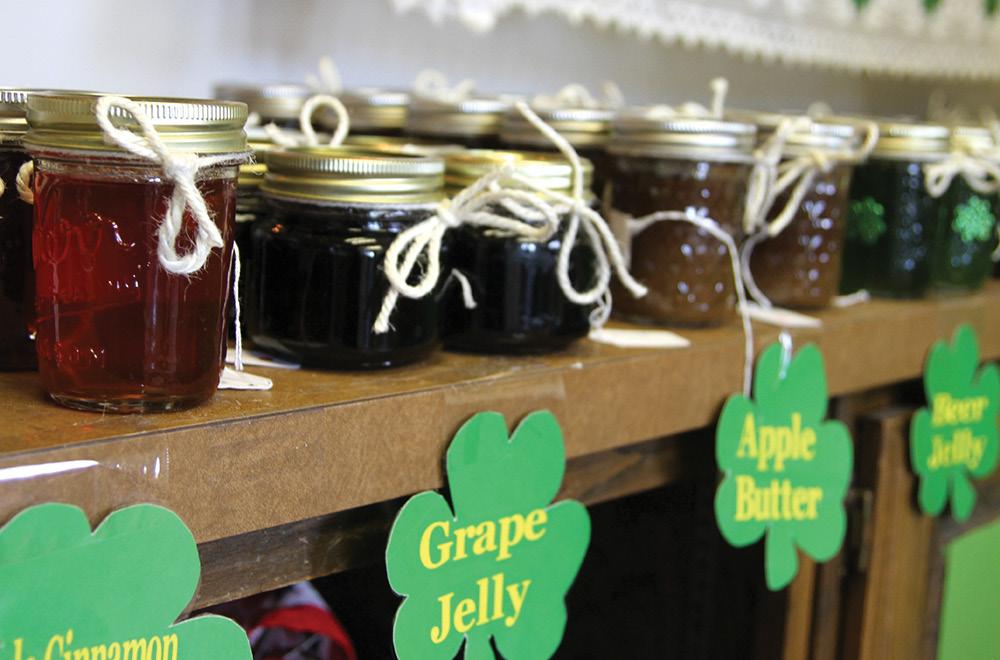Christianity, Temperance, & Education
The foundations of Saints’ Roost
Old Clarendon settlers line up in front of Donley County’s first Courthouse in this picture from about 1885. Shown here are (back) stage driver George Sutton, stage driver Robert Cureton, Rev. G.W. Graham, Dr. J.D. Stocking, land agent F.M. Campbell, trader Joe Lomas, merchant/school trustee Morris Rosenfield, rancher/merchant Ben Chamberlain, cowboy Tom Ardington, (front) Tom Copeland, Sheriff Al Gentry, Deputy W.H. “Bally” Oliver, Frank Daniels, Postmaster Ralph Jefferson, Harry Jefferson, cowboy/school teacher Tom Martindale, George Gass, and (boy in street) J.L. Carhart. ENTERPRISE ARCHIVE PHOTO
I
n 1878, a charismatic preacher led a group of Northern Methodists to the frontier of the Texas Panhandle to settle at the junction of Carroll Creek and the Salt Fork of the Red River. Rev. L.H. Carhart set out to establish a Christian colony built on the values of temperance and education, and he named it Clarendon in honor of his wife, Clara. As the third settlement in the Panhandle, Clarendon stood apart from the towns of Mobeetie and Tascosa, which were known for saloons and rowdiness. The colony forbade alcohol, built a church as one of its first landmarks, and planned an academy to bring education to the plains. The neighbors said Clarendon
6
CLARENDON WELCOME GUIDE • SPRING / SUMMER 2021
was where the saints roosted. The nickname stuck… Saints’ Roost. Nine years later, the future of the colony came into question when it became apparent that the Ft. Worth & Denver Railroad would miss the town. A vote was taken, and by the fall of 1887 houses, businesses, and people were all making the move six miles south to the present site of “new” Clarendon. The railroad brought people and commerce; but it also brought new lifestyles with saloons and other “vices.” And yet, the town did not lose sight of its original ambitions, becoming the home of the Panhandle’s first Methodist, Catholic, Episcopal, and
African-American congregations and establishing the area’s first college in 1898. Donley County eventually re-established prohibition in 1902, and Saints’ Roost again banished alcohol sales until 2013 when voters reversed the 111-year-old tradition. Today, if you like, you can raise a glass in old Saints’ Roost, but there’s no escaping the town’s original character. With a variety of churches and faith-based services and one of the highest-rated community colleges in the state, Clarendon remains true to its principles and welcomes visitors and newcomers to stay all night… or stay a little longer.






